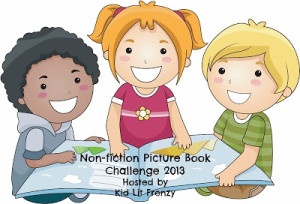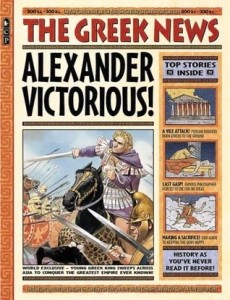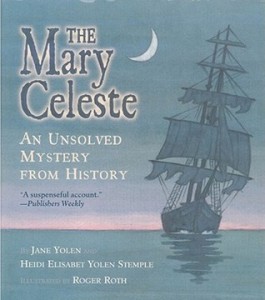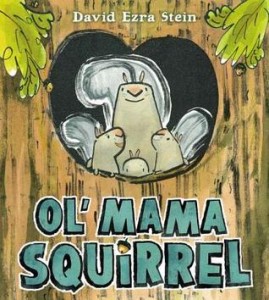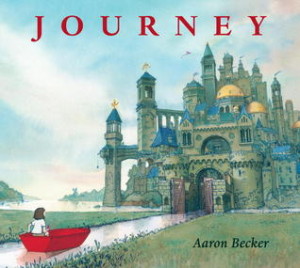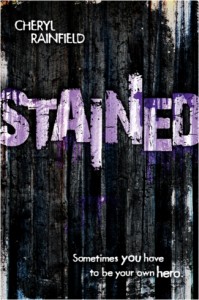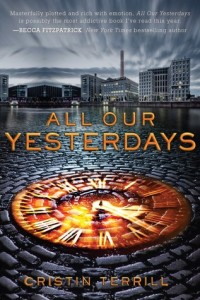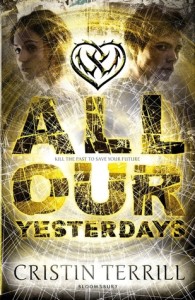Nonfiction Picture Book Wednesday
Nonfiction Picture Book Wednesday is hosted by Kid Lit Frenzy and was started to help promote the reading of nonfiction texts. Most Wednesdays, we will be participating and will review a nonfiction text (though it may not always be a picture book).
Be sure to visit Kid Lit Frenzy and see what other nonfiction books are shared this week!
History News: The Greek News
Author: Anton Powell and Philip Steele
Illustrator: Various
Published March 10th, 2009 by Candlewick Press
Goodreads Summary: At home or at school, these innovative titles make history come alive
Read all About it Now, with The Greek News and The Roman News, life in ancient Greece and Rome is presented in the form of a daily newspaper written at the time. As accessible as your morning paper, The Greek News and The Roman News will give young readers the unforgettable sense of actually being a citizen of an ancient nation.
Stop the presses! What if ancient civilizations had daily newspapers? And they were amusing and compellingly informative? They might just look like this innovative series of historical nonfiction, presented in a unique, kid-friendly format.
Presents a “special edition” of a Greek newspaper which spans the years 1500 to 146 B.C. and contains articles about history, politics, feasts, fashions, theater, gods, and wars.
My Review: Set up like a Greek newspaper, The Greek News takes important events from the history of Greece and transcribes them as articles. The articles range in topics including Sparta, Alexander the Great, politics, army/navy life, trades, sports, woman, mythology, arts, education, philosophy, and traditions.
Teacher’s Tools For Navigation: The book is so well done with each page including a main article as well as other features including sidebars, maps, advertisements, diagrams, illustrations and political cartoons. I think students will like reading/learning about Greece more from this text than other because the unique format shares the information as if it was happening in the present and puts the reader in the middle of Greece. It also throws in some humor which students will love. This text can lead to such great discussions about not only Greece, but war, philosophy, mythology, propaganda, and so many other things.
Discussion Questions: [Writing prompt] Use The Greek News as a guide to create your own newspaper-esque piece sharing the history of a historical fiction book which you have read.
We Flagged: “In 415 B.C., Athens tried to add to its territory by conquering the island of Sicily. The results were disastrous – thousands of Athenian soldiers and hundreds of warships were lost. The Spartans leaped on Athens’s weakness and cut off the city’s supply of wealth from its silver mines…” (“Sparta Attacks!” p. 6)
“You know what it’s like. One minute your life is going smoothly, then, just when you least expect it, the gods turn their back on you and disaster strikes! Don’t panic – The Greek News will tell you everything you need to know about keeping the gods on your side.” (Lead paragraph for “Pleasing the Gods” p. 20-21)
“Socrates is to die! The jury of 501 men has made its decision – Socrates is guilty of not believing in the state-approved gods and of leading young people astray with his teaching.” (“Death by Poison, pg. 27)
Read This If You Loved: Any non-fiction or fiction text about Greece
Recommended For:
